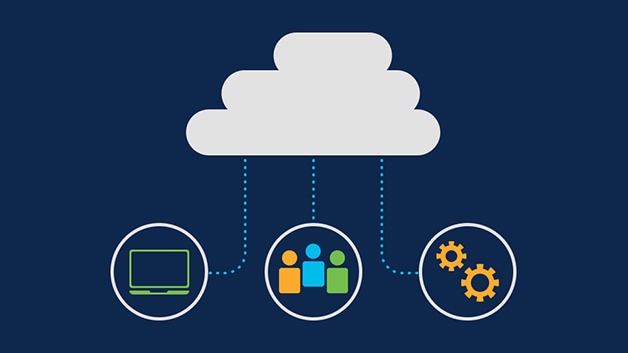Q&A
How does CloudOps work?
All aspects of CloudOps are addressed through a multilayer management approach, including a governance layer, cloud application layer, cloud operations layer, cloud foundation layer, and a security layer that permeates all previous layers.
Why is it important to improve CloudOps?
Improving CloudOps can:
- Keep cloud infrastructure and services running and available
- Optimize resource performance and reduce costs
- Honor service-level agreements (SLAs)
- Manage compliance and configurations
What is the role of CloudOps?
CloudOps establishes best practices for cloud-based processes and is built upon a cloud operating model underpinned by principles to promote operational agility and simplicity.
What are the benefits of CloudOps?
Effective and efficient CloudOps processes provide exceptional agility and scalable resources, setting the standard for a company's effectiveness.
In short, improving CloudOps processes, technology, or people also improves a company's delivery effectiveness and efficiency and benefits the business in multiple ways, including:
- Metered services are more cost-effective and cost controlled
- Cloud resources can more effectively scale up and scale out
- Automation of routine tasks emancipates time and reduces errors
- Infrastructure abstraction benefits innovation and insight
How is CloudOps similar to other operations processes?
Sharing many of the same principles, CloudOps is similar to DevOps, SecOps, and NetOps, each of which describes the operational practices, technologies, and workflows used to manage each specific area of operation.
